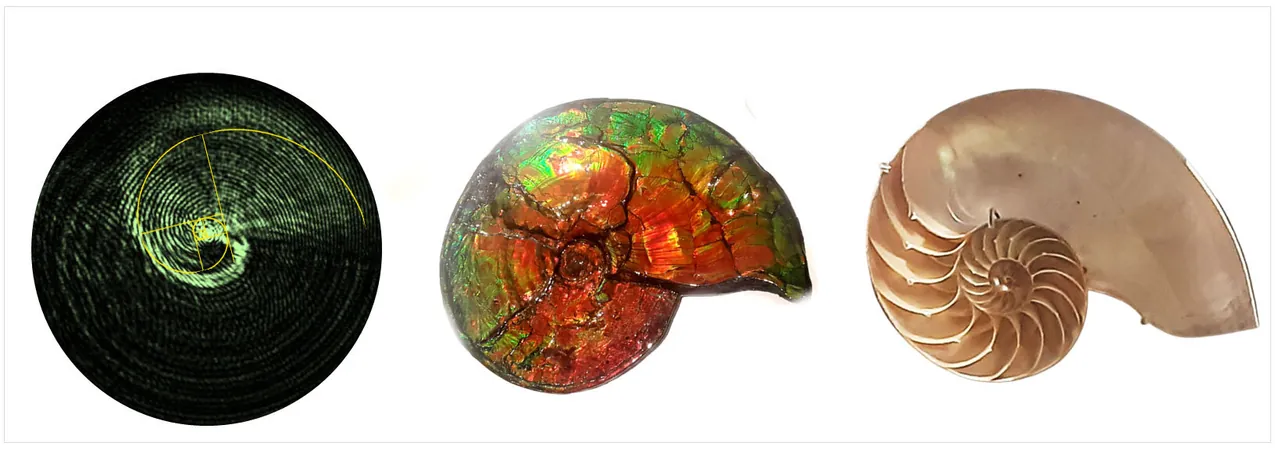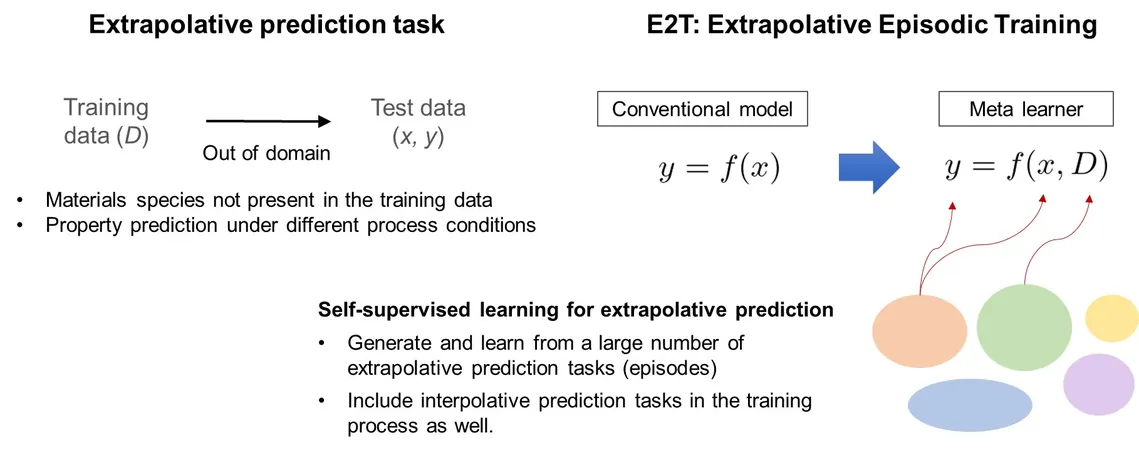
Discover the Groundbreaking 'Optical Rotatum': A Light Beam that Twists Like a Nautilus!
2025-04-11
Author: Rajesh
The Future of Light Manipulation Unveiled
In a stunning breakthrough, physicists at Harvard’s John A. Paulson School of Engineering and Applied Sciences have developed a new type of light beam that twists and transforms as it travels—introducing the revolutionary concept of the "optical rotatum." This unparalleled phenomenon not only spirals like a nautilus shell but also changes its characteristics at different rates, creating mesmerizing patterns reminiscent of those found in nature.
The Science Behind the Magic
The term "optical rotatum" reflects the beam's unique torque characteristics, borrowed from classical mechanics where ‘rotatum’ defines the rate of torque change over time. Spearheaded by renowned professor Federico Capasso, this research pushes the frontiers of structured light, opening possibilities for manipulating small particles and materials in new ways.
Nature’s Patterns in a Beam of Light
Interestingly, the optical rotatum’s propagation mirrors the Fibonacci sequence—a mathematical concept celebrated in nature, visible in everything from nautilus shells to sunflower seeds and tree branches. First author Ahmed Dorrah expressed, "This unexpected discovery could inspire mathematicians to further explore these light patterns and their universal significance." Their research findings were recently published in the journal Science Advances.
Technological Advancements in Light Control
Building on previous achievements where the team used a specially designed metasurface to manipulate light, this latest creation offers even greater flexibility. Co-author Alfonso Palmieri noted, "We show more control and can do it continuously, pushing the boundaries of what light can achieve." They can now alter the spatial torque of the light as it travels, enhancing its versatility.
Endless Possibilities Await!
This exotic beam of light could revolutionize the control of minuscule particles, presenting a new force aligned with its unique torque characteristics. Imagine using it for precision optical tweezers that can manipulate tiny objects with unmatched accuracy. Unlike prior efforts requiring complex and high-intensity setups, the Harvard team achieved this feat using a simple liquid crystal display and a low-intensity beam, dramatically lowering the barriers to practical applications.
A Glimpse into the Future
With the successful demonstration of the optical rotatum in an industry-ready format, we may soon witness a new era of light-based technologies, from advanced materials manipulation to innovations in telecommunications. This groundbreaking research underscores not only the beauty of science but its incredible potential to reshape our technological landscape.





 Brasil (PT)
Brasil (PT)
 Canada (EN)
Canada (EN)
 Chile (ES)
Chile (ES)
 Česko (CS)
Česko (CS)
 대한민국 (KO)
대한민국 (KO)
 España (ES)
España (ES)
 France (FR)
France (FR)
 Hong Kong (EN)
Hong Kong (EN)
 Italia (IT)
Italia (IT)
 日本 (JA)
日本 (JA)
 Magyarország (HU)
Magyarország (HU)
 Norge (NO)
Norge (NO)
 Polska (PL)
Polska (PL)
 Schweiz (DE)
Schweiz (DE)
 Singapore (EN)
Singapore (EN)
 Sverige (SV)
Sverige (SV)
 Suomi (FI)
Suomi (FI)
 Türkiye (TR)
Türkiye (TR)
 الإمارات العربية المتحدة (AR)
الإمارات العربية المتحدة (AR)